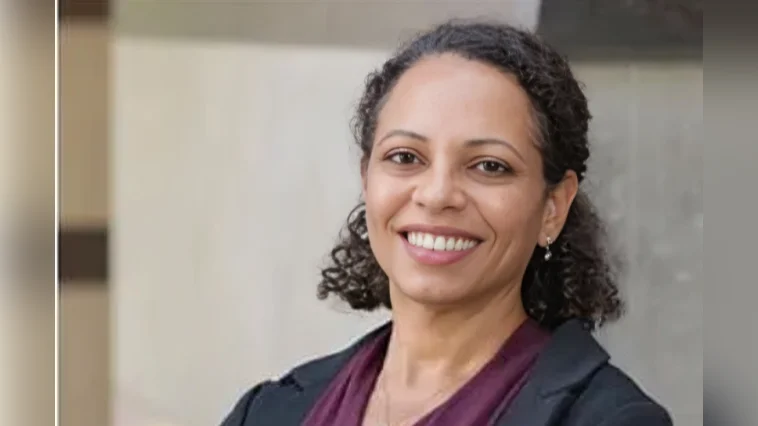Researchers at the University of Chicago Pritzker School of Molecular Engineering have created a quantum bit, or qubit, from a protein found in living cells. This development marks the first time that a biological molecule has been used as a functioning qubit, which could enable new forms of quantum sensing within biological systems.
“Rather than taking a conventional quantum sensor and trying to camouflage it to enter a biological system, we wanted to explore the idea of using a biological system itself and developing it into a qubit,” said David Awschalom, co-principal investigator of the project, Liew Family Professor of Molecular Engineering at UChicago PME and director of the Chicago Quantum Exchange (CQE). “Harnessing nature to create powerful families of quantum sensors—that’s the new direction here.”
The research was published in Nature and shows that protein-based qubits can be constructed by cells themselves. These qubits can be positioned with atomic precision and are able to detect signals much stronger than those picked up by existing quantum sensors. In future applications, these protein-qubits could make possible nanoscale MRI scans that reveal atomic structures inside cellular machinery.
"Our findings not only enable new ways for quantum sensing inside living systems but also introduce a radically different approach to designing quantum materials,” said Peter Maurer, co-principal investigator and assistant professor of molecular engineering at UChicago. “Specifically, we can now start using nature’s own tools of evolution and self-assembly to overcome some of the roadblocks faced by current spin-based quantum technology.”
Fluorescent proteins similar to those used in this study have already played an important role in cell biology for decades. By turning one such protein into a quantum sensor, researchers can now examine processes within cells at greater detail than before.
According to the team, although only one type of fluorescent protein was tested so far, their approach should work with many other proteins and biological systems. This opens up possibilities for further studies across biology.
“This is a really exciting shift,” said co-first author Benjamin Soloway, a UChicago PME quantum Ph.D. candidate in Awschalom’s lab. “Through fluorescence microscopy, scientists can see biological processes but must infer what’s happening on the nanoscale. Now, for the first time, we can directly measure quantum properties inside living systems.”
Awschalom and Maurer credited student researchers for their persistence throughout this long-term project.
"Research projects often take multiple years, and the outcomes are far from certain. This project was no exception," said Jacob Feder, a co-first author on the paper and former student of Awschalom and Maurer. Feder received his Ph.D. in April.
“This work was only possible because our students had the courage to take risks and push forward even when the results looked discouraging for quite some time,” Awschalom said. “Their persistence is what made this discovery successful—this was a challenging project.”
Currently, these protein-based qubits do not match traditional diamond-based sensors in sensitivity. However, because they can be encoded genetically into living organisms, they offer unique opportunities: researchers may eventually observe biological phenomena such as protein folding or early disease markers at the quantum level.
Maurer emphasized that interdisciplinary collaboration at UChicago played an important role in achieving these results.
“A project like this that is at the convergence of quantum engineering and molecular biology required an interdisciplinary approach that was only possible at a place like UChicago PME,” he said.
As Soloway put it: “We’re entering an era where the boundary between quantum physics and biology begins to dissolve. That’s where the really transformative science will happen.”
The study appears in Nature under the title "A fluorescent-protein spin qubit" by Feder et al., published August 20, 2025 (DOI: 10.1038/s41586-025-09417-w). The research received support from NSF QuBBE QLCI (NSF OMA-2121044) and the Gordon and Betty Moore Foundation (grant number 12216).

